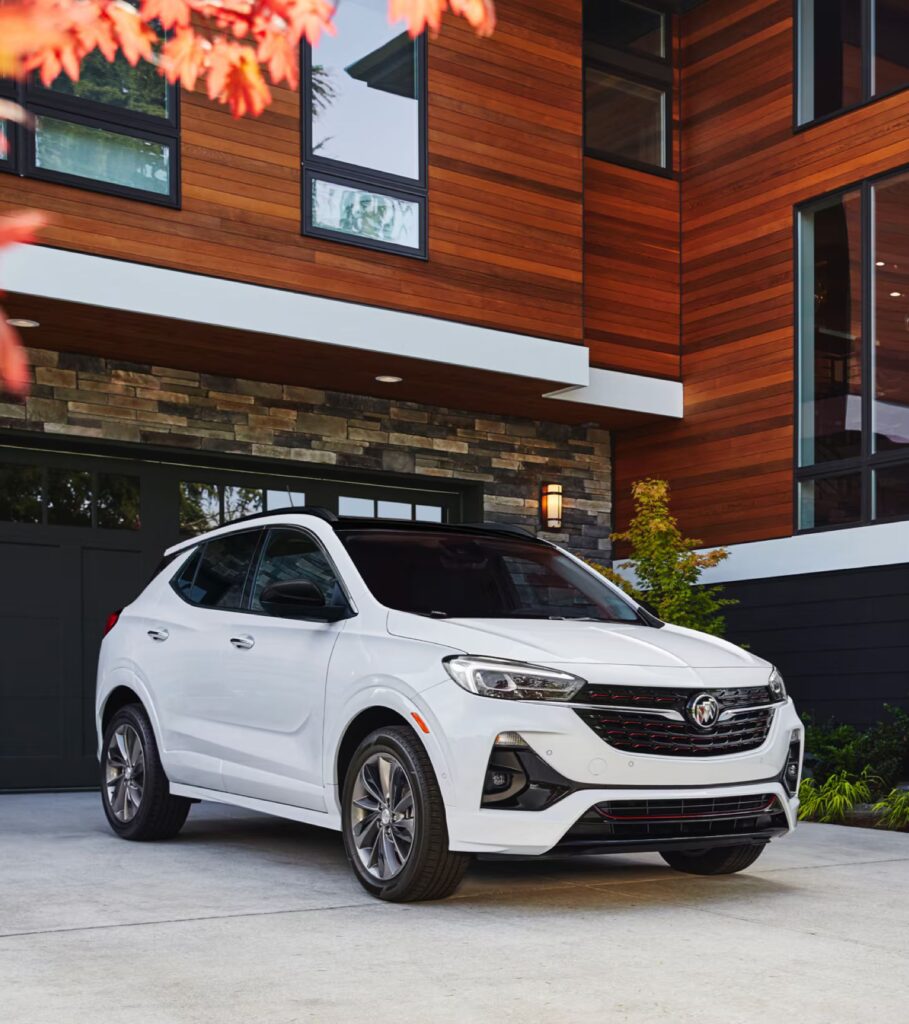
We’ve all been there: that heart-sinking moment when you glance in your rearview mirror and see another vehicle glued to your bumper, seemingly inches away. This isn’t just an annoyance; it’s a genuine threat that spikes stress levels and, far more critically, dramatically elevates the risk of a serious accident. In an ordinary vehicle driving at 55 mph, it takes around 5 seconds to stop, covering more than 300 feet, according to the National Highway Traffic Safety Administration (NHTSA). This stark reality underscores why maintaining safe distances is paramount.
Tailgating, at its core, is the act of driving too closely behind another vehicle, leaving insufficient space for safe stopping or reaction. It’s a dangerous dance on the asphalt, one that truckers, who handle massive vehicles requiring significantly more stopping time than regular cars, understand intimately. As they often say, ‘Just like how we need room to move around without bumping into each other, trucks need space on the road.’ When someone tailgates, they effectively steal that crucial space, turning a routine drive into a high-stakes gamble.
The good news is that you’re not powerless in these situations. While the impulse might be to react emotionally or aggressively, a strategic, calm, and informed approach can defuse the danger and ensure your safety without ever having to ‘teach them a lesson’ with your brakes. This guide, drawing on expert driving wisdom, will empower you with the practical knowledge and actionable steps to navigate tailgating encounters responsibly, keeping yourself and everyone else on the road out of harm’s way.

1. **Understanding the Dangers of Tailgating: Why Immediate Action is Crucial** Tailgating transcends mere annoyance; it is a critical hazard on the road. Statistics reveal that nearly one-third of all crashes are attributed to tailgating, accounting for 9.8% of fatal incidents. This close-quarters driving behavior dangerously compresses reaction times, obstructs vital visibility, and can initiate devastating multi-vehicle chain reactions.
When a driver follows too closely, their own reaction time is severely compromised. Our reflexes need a moment to perceive danger, decide to brake, and act. If already too close, this critical window disappears, dramatically increasing the collision risk, particularly with sudden stops.
Moreover, tailgating profoundly impairs a driver’s forward view. The vehicle ahead creates a literal blind spot, obscuring pedestrians, potholes, or abrupt traffic changes demanding immediate braking. At night, your headlights intensely reflect in their rear mirror, compounding visibility issues for both drivers.
The ripple effect can be severe. Should the lead car brake suddenly, the tailgater’s insufficient stopping distance can trigger a chain reaction involving multiple vehicles. Such crashes frequently result in severe spinal cord and traumatic brain injuries, potentially leading to paralysis or brain malfunctions. This underscores the profound responsibility drivers hold for all lives on the road.
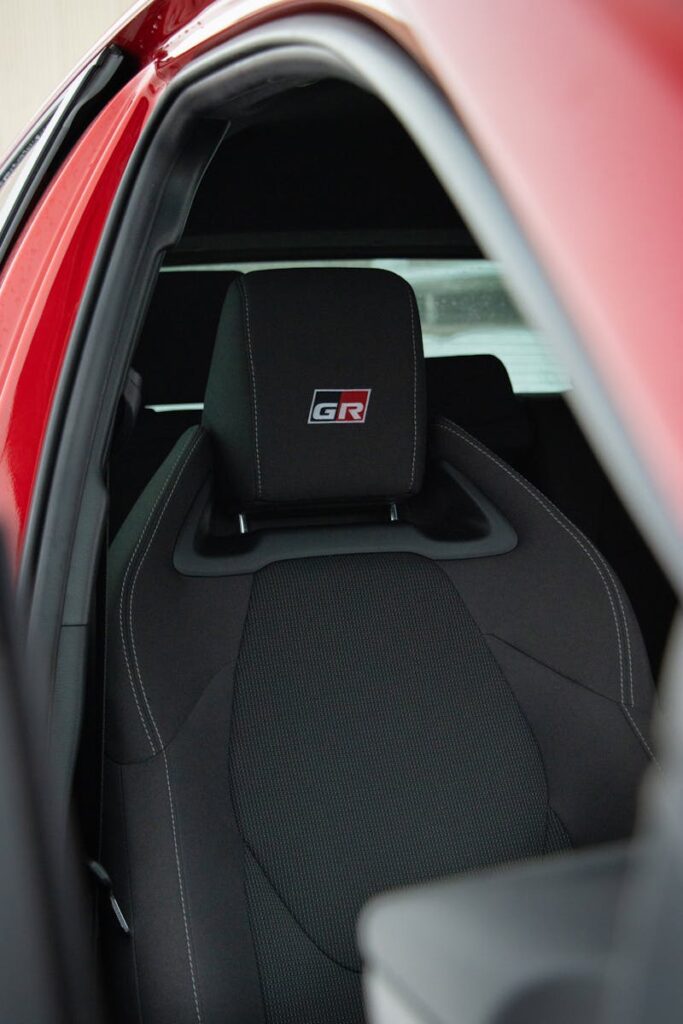
2. **The Foundational “Safety Cushion”: Mastering the Two-Second Rule** One of the most fundamental and effective defensive driving techniques to protect yourself from both being a tailgater and being tailgated is the “two-second rule.” This simple yet powerful principle dictates that there should always be a gap of at least two seconds between your vehicle and the vehicle in front of you. This “safety cushion” provides the essential time and space needed to react safely to unforeseen events on the road.
To accurately gauge this crucial distance, select a fixed point on the road ahead, such as a sign, a bridge, or a tree. As the vehicle directly in front of you passes that landmark, begin counting: “One-thousand-one, one-thousand-two.” If your vehicle reaches the same landmark before you finish counting, it’s a clear indication that you are following too closely and need to increase your distance.
It’s important to recognize that this two-second minimum is a baseline. During adverse conditions—such as poor weather, nighttime driving, or at higher speeds—this safety gap should be significantly increased. Similarly, in heavy traffic or when the road is congested, extending your “safety cushion” allows for smoother lane changes and provides more room to stop without incident.
For larger vehicles, particularly trucks, the required stopping distance is substantially greater due to their mass and momentum. Truck drivers, therefore, must maintain an even larger buffer, typically a five to six-second cushion, to ensure they can stop safely and avoid collisions. Adopting this rule consistently is a proactive step toward a safer driving environment for all.

3. **Maintaining Composure: The Power of Patience and Courtesy** Facing a tailgater can be an incredibly frustrating and anxiety-inducing experience. The immediate instinct might be to react emotionally, perhaps by engaging in aggressive behaviors like brake-checking or speeding up. However, the most critical step in safely navigating such a situation is to remain calm and composed. Allowing your emotions to dictate your actions can quickly escalate a potentially dangerous scenario into an actual accident.
It is paramount to prioritize safety over any fleeting desire for retribution or to “teach a lesson.” The context explicitly warns against this, stating, “It is never a good idea to ‘teach tailgaters a lesson.’ It’s not up to you to teach other people how to drive. Teaching another driver a lesson is simply revenge and is based completely on emotion. Unfortunately it can also result in an accident that would be your fault.” This powerful admonition highlights why a level-headed approach is always the safest course of action.
When you feel the stress mounting, take a couple of deep breaths. If helpful, you might even turn down or switch off your radio to minimize distractions and enhance your concentration. This moment of self-regulation allows you to regain control of your vehicle and your decision-making process, ensuring that you can respond rationally rather than impulsively. Maintaining composure enables you to focus intently on your driving and the road ahead until the situation is safely resolved.
This courteous and patient approach extends beyond just keeping your own emotions in check; it also involves not purposefully changing your speed just to annoy the person who is tailgating you. Such actions can inflame the situation, potentially provoking the tailgater into even more aggressive behavior. Your primary goal is to defuse the tension and safely separate yourself from the immediate threat, not to engage in a road-rage fueled confrontation.

4. **Avoid the Brake-Check Temptation: Why Sudden Braking is Dangerous** The urge to “brake-check” a persistent tailgater can be incredibly strong, born from frustration or a misguided attempt to signal for more space. However, this action is not only ineffective but also acutely dangerous, directly increasing the risk of a collision. The context clearly advises, “Don’t brake abruptly” and “Avoid tapping on the brake pedal.” While it may seem logical to tap on the brake pedal so your brake lights light up in an attempt to ‘ask’ the tailgater to back off, it’s unlikely to work and carries significant risks.
One immediate danger is that the tailgating driver may not be paying adequate attention. A sudden illumination of your brake lights could cause them to panic and slam on their own brakes, triggering a rear-end collision or a wider chain reaction. Even if they are attentive, intentionally braking hard creates an unnecessary emergency situation that puts everyone involved at risk.
Furthermore, intentionally activating your brake lights without a genuine need to slow down can have counterproductive consequences. If a driver behind you catches onto what you’re doing, they might begin to ignore your brake lights altogether. This desensitization means that if you genuinely need to brake for an actual hazard, the tailgater might not react, leading to an unavoidable accident where your vehicle is hit and damaged, regardless of fault.
Instead of abrupt braking, drivers are encouraged to use their tail lights to signal intentions well in advance. This means smoothly applying brakes when necessary, rather than stomping on them, giving the tailgater as much warning as possible. This approach prioritizes safety and defuses potential aggression, rather than escalating it with confrontational actions that could jeopardize lives.
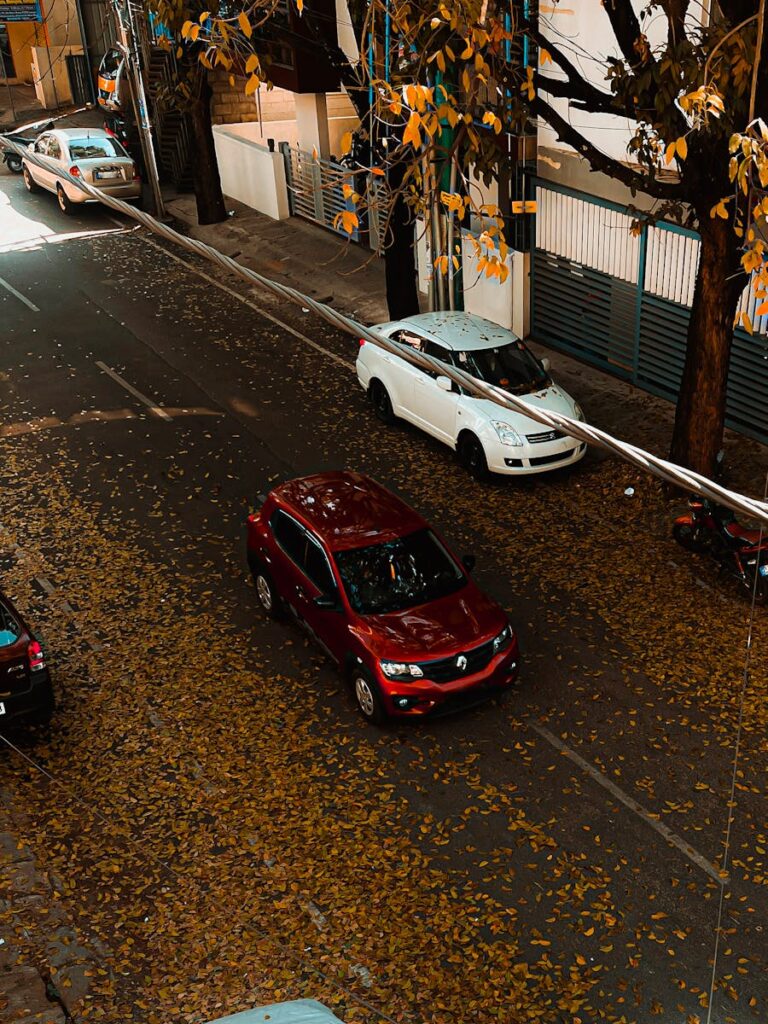
5. **Strategic Lane Changes: Letting Aggressive Drivers Pass** When faced with a tailgater, one of the most direct and effective ways to de-escalate the situation and ensure your safety is to simply allow them to pass. This often involves executing a safe and strategic lane change. The context emphasizes this, stating, “Change lanes to let the tailgater pass. This is your best chance of leaving this dangerous situation.” It’s a pragmatic move that removes the immediate threat from your rear.
Before initiating any lane change, it is absolutely crucial to follow all standard safety protocols. Always use your turn signals well in advance to clearly indicate your intentions to other drivers, particularly the tailgater. Then, carefully check your side mirrors and blind spots to confirm that the adjacent lane is clear and that moving over won’t expose you to another, possibly riskier, scenario with a different vehicle.
The goal here is not to provoke but to create separation. By moving to another lane when it is safe to do so, you create distance between your vehicle and the aggressive driver, thereby minimizing the risk of a rear-end collision. This action effectively removes you from the immediate sphere of influence of the tailgater, allowing you to resume a comfortable and safe driving pace.
This strategy is particularly effective on multi-lane roads where an alternative lane is readily available. It embodies a defensive driving mindset, prioritizing accident prevention over maintaining your current position or challenging the tailgater. Giving way allows you to regain control of your driving environment and significantly reduce stress.
Read more about: 12 Smart Habits That Help Drivers Avoid Tickets and Keep Their Records Pristine

6. **Pulling Over Safely: Prioritizing Your Well-being** There are instances when a tailgater’s aggression or unsafe driving persists despite your attempts to create space, such as changing lanes. In such situations, the most prudent and often life-saving action is to consider pulling over safely to allow the aggressive driver to pass. The context unequivocally supports this, advising, “If the tailgater continues to be aggressive or unsafe, consider pulling over safely to allow them to pass.” This is an act of ultimate self-preservation.
While this may seem inconvenient, potentially adding a few minutes to your journey, the value of your safety and peace of mind far outweighs any minor delay. As the advice wisely notes, “Remember that it’s always better to arrive a few minutes later than to risk not arriving at all.” This perspective helps reframe the inconvenience as a necessary and intelligent safety measure.
When pulling over, it is essential to do so in a controlled and deliberate manner. Signal your intention well in advance, and carefully move to the side of the road or into a safe parking lot if available. Remain pulled over until you are certain the tailgater has passed and is no longer a threat. This ensures that you aren’t immediately re-entering a dangerous situation.
This option is particularly relevant when other methods, like lane changes, are not feasible due to traffic conditions or road design. For example, “If the area allows, you can also pull into a parking lot and remain there until the tailgater has passed.” However, it’s important to note, “Do not attempt this on a major, multi-lane highway as it may be difficult to merge back into traffic later or the shoulder may not be wide enough,” indicating that thoughtful application of this tip is necessary. The key is finding a safe, appropriate place to pause your journey until the hazard has cleared.

7. **Resisting the Urge to Speed Up: Keeping a Steady Pace** When a vehicle is aggressively tailgating you, a common, almost automatic reaction might be to accelerate, hoping to widen the gap between your car and theirs, or perhaps to simply appease the persistent driver. However, this is one of the “three important things to avoid if you’re being tailgated,” as the context highlights. Speeding up under pressure is a deceptive temporary fix that comes with significant risks and should be resisted.
The primary danger of accelerating is that it can easily lead you to exceed the posted speed limit, placing you in violation of traffic laws and increasing the overall risk of an accident. Even more problematic, the tailgating driver is highly likely to match your increased speed, thereby closing the gap once again. This leaves you in the same predicament, only now you are traveling at a significantly faster and potentially less safe speed.
As the expert advice points out, “Don’t speed up to appease a tailgater. Keep to a speed you feel comfortable with based on the road conditions.” Your focus should remain on maintaining a steady, safe, and consistent speed that is appropriate for the current road and traffic conditions, regardless of the pressure from behind. This consistent pace allows you to retain control and predictability in your driving.
Maintaining a steady speed also prevents further provocation. Inconsistent or overly fast driving can be perceived by the tailgater as erratic, potentially inflaming their aggression. By calmly holding your ground at a safe speed, you project control and predictability, which can, in some cases, encourage the tailgater to eventually find a safer way to pass or back off. Your priority is always safety, not speed.
Moving beyond immediate de-escalation, the next set of expert tips focuses on proactive measures and advanced driving etiquette that not only help you manage tailgaters but also foster a safer, more predictable driving environment for everyone. These strategies emphasize intelligent road positioning, leveraging the dynamics of traffic, and understanding the nuances of driver interaction to prevent stressful situations before they even fully develop. They empower you to be a more effective, anticipatory driver, ensuring smoother journeys and significantly reducing the likelihood of encountering aggressive behavior on the road.

8. **Considering Reporting Aggressive Behavior: Upholding Road Safety Standards** Even after you’ve successfully navigated away from a persistent tailgater and defused a potentially dangerous situation, the incident may not be entirely resolved. The aggressive driver might continue their unsafe practices, posing a risk to other motorists on the road. In such instances, considering reporting aggressive or unsafe driving behavior is not just an option, but a vital contribution to community road safety.
This behavior is, in fact, so risky that it’s illegal and can result in significant penalties, including fines up to $1000 and up to 8 points, depending on the state. Law enforcement agencies rely on vigilant drivers to help identify and address individuals who flagrantly disregard traffic laws and endanger others. Your report provides crucial information that can lead to appropriate action, ensuring that drivers are held accountable for their actions.
Reporting this behavior extends beyond personal safety; it’s a proactive step that could help prevent major accidents and even save lives. By taking the time to report, you’re contributing to a safer driving environment for all. It underscores the profound responsibility drivers hold not only for their own lives and safety but also for the lives of others, fostering a culture where dangerous driving is not tolerated.
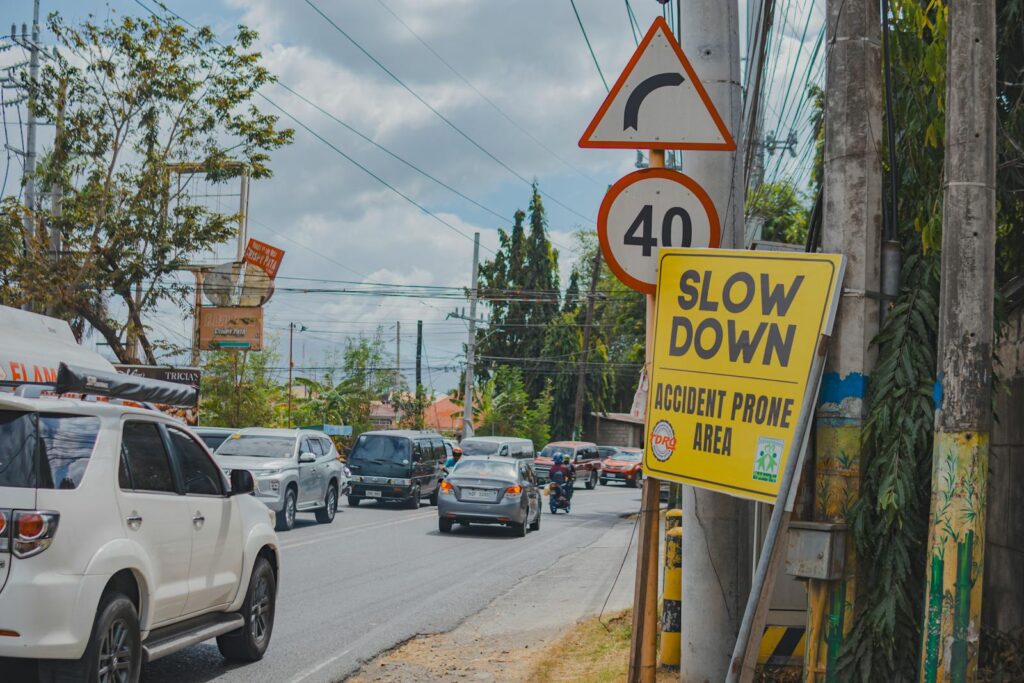
9. **Avoiding Deliberate Slowing Down: Steering Clear of Provocation** Just as speeding up to appease a tailgater is ill-advised, deliberately slowing down to ‘teach them a lesson’ is equally, if not more, dangerous. When under pressure from a close follower, the instinct to slow down in an attempt to force them to back off can be incredibly tempting. However, this action is counterproductive and fraught with peril, serving only to heighten the risk of collision and inflame the situation.
The context unequivocally warns against this, stating, “Avoid slowing down. Doing so will only enhance the likelihood of an accident or incite road rage. Never use your car to pressure another driver to reduce their speed.” This is crucial because a sudden, unnecessary reduction in your speed creates an immediate and severe hazard for the tailgating driver, who is already following too closely and has compromised reaction time. Such an action dramatically increases the likelihood of a rear-end collision.
Furthermore, intentionally changing your speed to annoy or provoke can escalate aggression on the road. Instead of achieving a safer distance, you risk inciting road rage, leading to even more erratic and dangerous driving behavior from the tailgater. Your priority should always be to defuse tension and create safe separation, not to engage in confrontational tactics that put everyone at risk. Maintain a steady, predictable pace that is safe for the current road conditions.
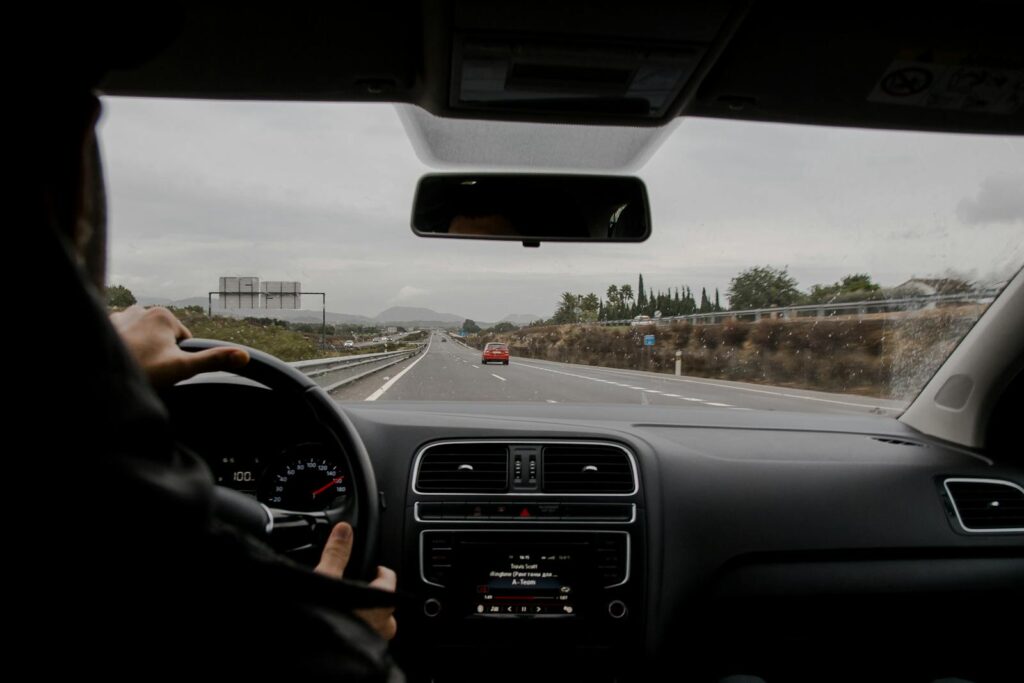
10. **Maintaining Forward Focus: The Peril of Mirror Fixation** When a vehicle is tailgating you, it’s a natural, almost involuntary reaction to constantly check your rearview mirror. This urge stems from anxiety and the need to monitor the immediate threat behind you. However, allowing your gaze to become fixated on the tailgater in your mirror is a significant distraction that can jeopardize your safety and the safety of others on the road.
The expert advice emphasizes, “Avoid focusing on the rear mirror. Although you may feel tempted to look at the person tailgating you, doing so would divert your focus from the road.” This diversion of attention is incredibly dangerous. While your eyes are locked on the car behind, you are effectively blind to what’s happening directly in front of you – a sudden brake by the lead car, a pedestrian stepping into the street, an unexpected pothole, or a change in traffic signals.
To drive safely, you need to know what is around you, which helps you make good decisions and react to hazards. The visual areas around your vehicle include ahead (green), next to you (blue), blind spots (yellow), and behind you (red). While being aware of the red zone is important, your primary focus must remain on the green zone – the road ahead. Keep your attention on the road and scan at least 10 seconds ahead of your vehicle. This allows you to anticipate hazards, make timely decisions, and avoid last-minute, reactive moves that could exacerbate an already tense situation.
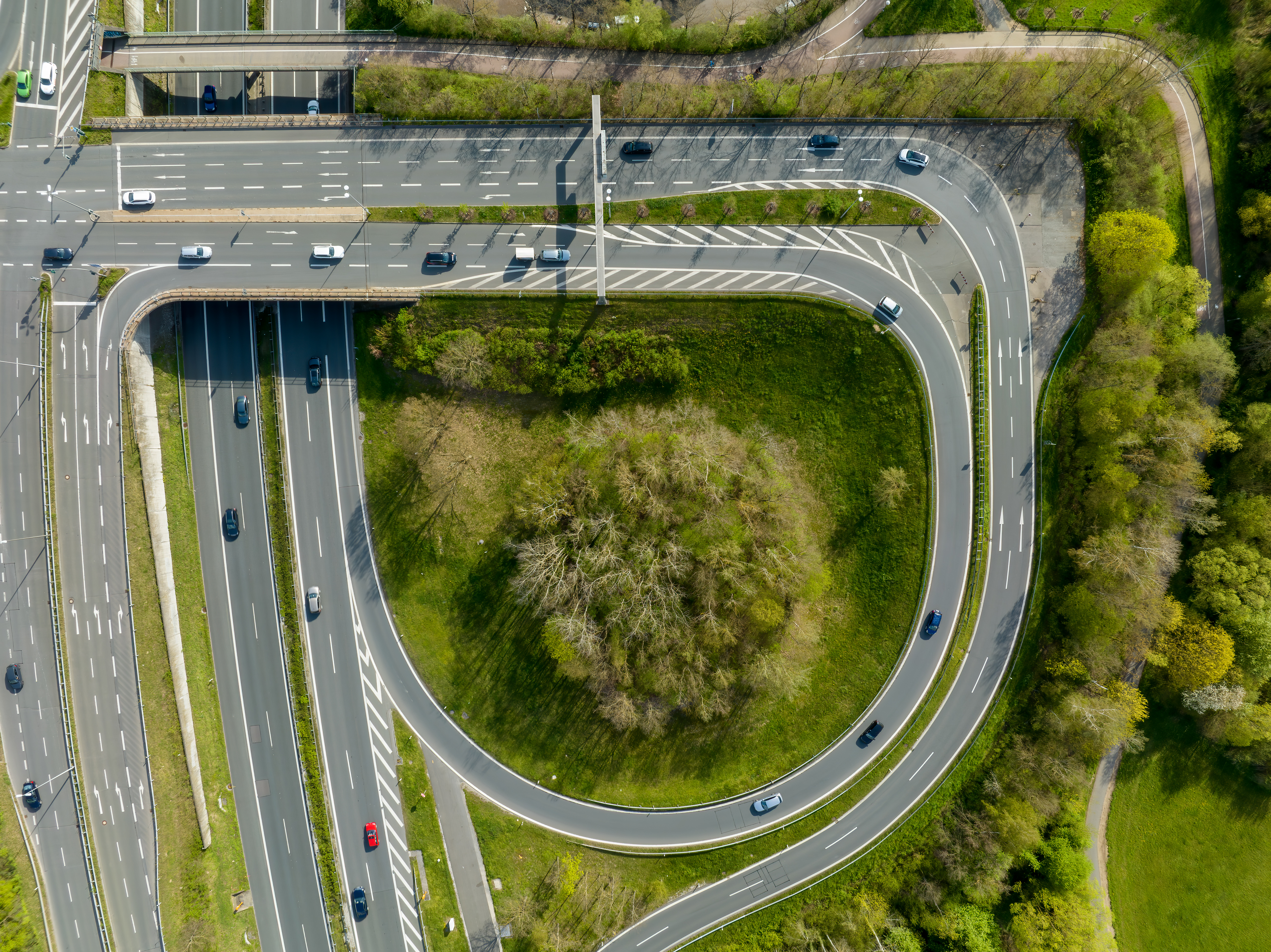
11. **Strategic Road Positioning: Proactively Keeping to the Right Lane** One of the most effective strategies for preventing tailgating, rather than just reacting to it, involves intelligent road positioning. On multi-lane roads, this means consciously choosing to keep to the right-most lane unless you are actively engaged in passing another vehicle. This simple act of driving etiquette can significantly reduce the likelihood of encountering an aggressive tailgater.
The guidance is clear: “When driving on a multi-lane road, always keep to the right-most lane unless you are passing someone.” The lanes to the left are generally designated as passing lanes, intended for drivers who wish to travel at higher speeds or overtake slower traffic. By staying to the right, you are leaving these passing lanes available for other drivers, which naturally helps traffic flow smoothly and minimizes scenarios where drivers feel compelled to tailgate to get past you.
This principle is especially important in areas where the passing lane might not be constant or where it’s only available for a few kilometers. Adhering to this practice not only prevents tailgating but also embodies courteous driving. It demonstrates an awareness of collective road efficiency and safety, setting a positive example and contributing to a less stressful driving experience for everyone.
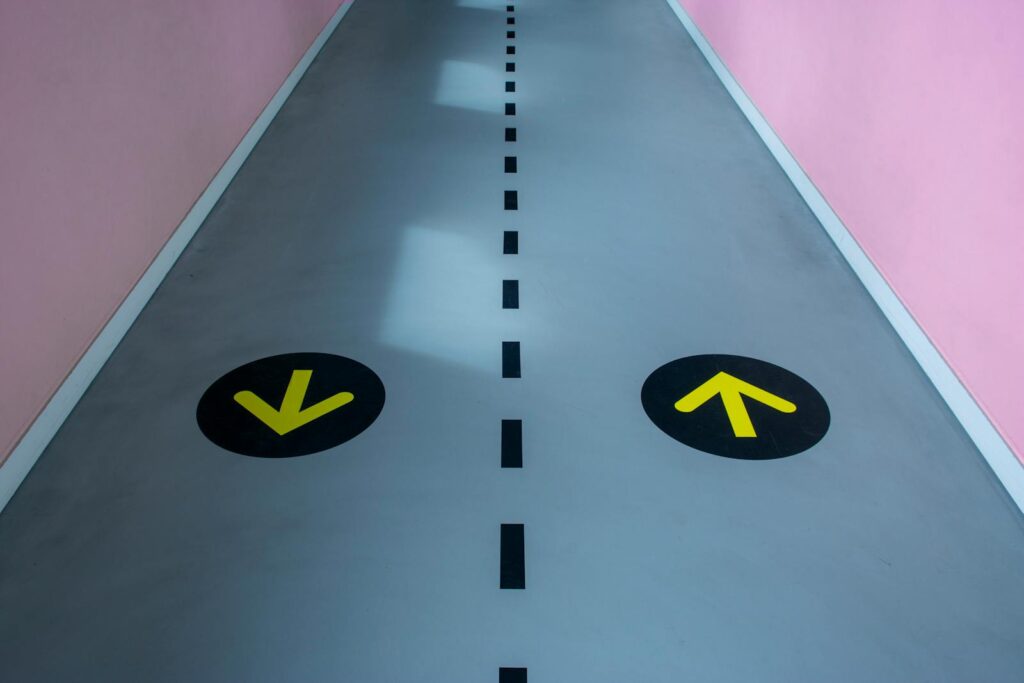
12. **Utilizing Slow Traffic Pull-outs and Straight Sections: Facilitating Safe Passage** Not all roads offer the luxury of multiple lanes. On winding, curving, or hilly roads with only one lane in each direction, opportunities for safe passing are limited. In these challenging environments, proactive measures are crucial to prevent tailgating from becoming an entrenched problem. This involves intelligently using available road features and adjusting your driving to facilitate safe overtaking.
Some roads, particularly those on steep hillsides or with many curves, are equipped with “slow traffic pull-out spots.” These designated areas allow slower drivers to temporarily get off the main road, enabling faster traffic to pass them unimpeded. The advice suggests, “Use the pull-out if you have a tailgater or if you’re not able to keep up with the flow of traffic,” even if you’re driving the speed limit. This is a polite and effective way to allow others to continue their journey without frustration.
Similarly, on single-lane roads, when you encounter a straight section where passing is legally allowed, consider gently slowing down. This provides the tailgater behind you a clear and safe opportunity to pass before the road becomes winding again. “If it helps, you can even move over slightly to signal to the car behind you that they’re welcome to pass.” This courteous action can de-escalate tension and move the aggressive driver out of your immediate vicinity, enhancing safety for everyone involved.
13. **The Power of Consistency: Maintaining a Steady and Predictable Speed** While avoiding speeding up or slowing down deliberately are crucial, a more fundamental proactive strategy lies in maintaining a consistent and steady speed. Inconsistent driving—frequently accelerating and decelerating—can be a significant source of frustration for other drivers, particularly those behind you, and can inadvertently invite tailgating.
The expert advice notes that “Tailgaters may be stuck behind you because your speed is inconsistent and they may not feel it’s safe to pass you.” When your speed is erratic, it becomes difficult for other drivers to accurately judge your movements and determine a safe window to overtake. A predictable pace, on the other hand, provides the clarity needed for a tailgater to assess when and how to pass safely.
Therefore, making a conscious effort to “Keep your speed as constant as possible” is a key defensive driving technique. If your vehicle is equipped with cruise control, this is an excellent opportunity to utilize it to maintain a uniform speed on appropriate roads. This consistency not only makes your driving more predictable for others but also enhances your own control and reduces driver fatigue, contributing to overall road safety.

14. **Leveraging Larger Vehicles: The Strategic Advantage of Following a Truck** For drivers who frequently find themselves being tailgated, perhaps because they prefer to drive at a slightly slower pace than the general flow of traffic, a clever and often overlooked strategy is to intentionally position your vehicle behind a truck. This isn’t about hiding, but rather about strategically using the visual presence of a larger vehicle to your advantage.
“When in doubt, follow a truck!” the guidance suggests. The reasoning is multi-faceted. Firstly, trucks generally maintain consistent speeds that are often comfortable for drivers who might otherwise be perceived as “slow” by aggressive motorists. By following a truck at a safe distance (remembering the crucial five to six-second cushion required for large vehicles), you naturally fall into a pace that’s both comfortable and less likely to provoke faster drivers.
Secondly, the sheer size of a truck makes it highly visible from a distance. When other drivers approach and see a large truck ahead, their natural inclination is to prepare to pass it. Since you are directly behind the truck, they will likely pass both the truck and your vehicle in one maneuver, or at least prepare to pass you as they anticipate passing the truck. This effectively transfers the tailgating focus from your vehicle to the more prominent target of the truck ahead, allowing you to drive more peacefully and safely.
The road ahead can present many challenges, but armed with these expert-backed strategies, you’re not just a passenger in your own driving experience—you’re the captain, fully equipped to navigate even the most challenging situations. By integrating these proactive and defensive driving techniques into your daily routine, you transform from merely reacting to threats to anticipating and neutralizing them. The journey on the asphalt becomes less about avoiding collisions and more about mastering the art of safe, intelligent, and stress-free driving. Remember, every decision you make behind the wheel has a ripple effect, and by choosing wisdom and patience, you contribute to a safer world for all road users.




